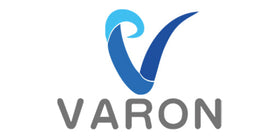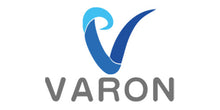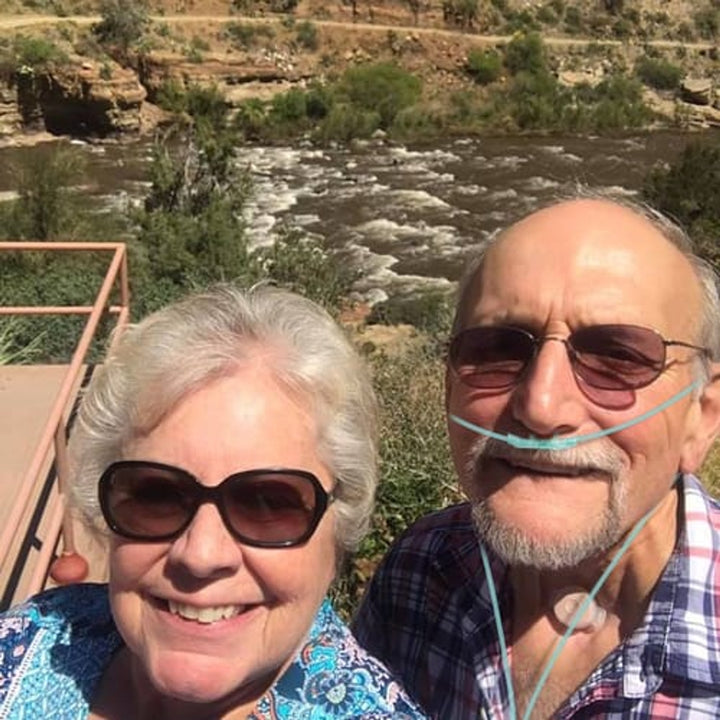
Pet-friendly home oxygen concentrator
Our pet-friendly oxygen concentrators: Models VH-1, VH-2, and VH-3 are all suitable for pet oxygen therapy (commonly used at a flow rate of 1L). Important note: Consult a veterinarian before use, strictly control the flow rate, and use pet-specific oxygen accessories. Our oxygen concentrators can be safely and effectively used for the health maintenance and auxiliary treatment of pets (such as cats, dogs, etc.). For specific details or inquiries, please contact customer service. Accessories we can provide include: nebulizer masks.
VARON UK Home Oxygen Concentrators for Reliable Respiratory Support
For individuals requiring respiratory support, having a VARON UK home oxygen concentrator ensures consistent access to high-purity oxygen without the hassle of replacing heavy oxygen tanks. Modern VARON oxygen machines provide an efficient and convenient way to improve breathing comfort, health, and overall quality of life.
What is a Home Oxygen Concentrator?
A home oxygen concentrator from VARON UK is a healthcare device designed to extract oxygen from the surrounding air and deliver it at a specific flow rate. Unlike oxygen cylinders, which need frequent refills, VARON concentrators provide a continuous and reliable oxygen supply as long as they are powered on.
Benefits of Using VARON UK Home Oxygen Concentrators
Continuous Oxygen Supply
VARON continuous flow oxygen concentrators ensure stable oxygen levels day and night.
Convenience at Home
No refills or heavy tanks—VARON units convert room air into concentrated oxygen.
Non-Prescription Options Available
VARON UK offers devices suitable for general wellness and light respiratory support without a prescription.
Cost-Effective Solution
Investing in a VARON stationary oxygen concentrator saves money over time compared to recurring cylinder costs.
Types of VARON UK Home Oxygen Concentrators
Stationary Oxygen Concentrator
Ideal for home use, providing reliable oxygen delivery for long periods.
At-Home Oxygen Concentrators
Compact, efficient units with adjustable flow settings for personalized therapy.
Non-Prescription Oxygen Concentrators
User-friendly options for wellness or light respiratory support at home.
How to Choose the Best VARON UK Home Oxygen Concentrator
Flow Rate
Select continuous or pulse flow depending on oxygen needs.
Noise Level
Opt for quiet models for nighttime comfort.
Energy Efficiency
VARON concentrators are designed to consume less power.
Maintenance
Easy-to-clean filters and low upkeep ensure convenience.
Why VARON Stationary Oxygen Concentrators Are Popular
Stationary VARON UK concentrators are built for long-term therapy at home. With higher oxygen output, silent operation, and durable construction, they are ideal for users needing continuous support.
Continuous Flow Oxygen Concentrators for 24/7 Support
VARON continuous flow models provide a steady oxygen supply, making them suitable for both daytime activity and nighttime rest.
Conclusion
Investing in a VARON UK home oxygen concentrator brings comfort, independence, and peace of mind. Whether you need a stationary unit, a continuous flow model, or a non-prescription device, VARON offers reliable, advanced solutions for every home oxygen requirement.

|

|

|
|
| VH-1 | VH-2 | VH-3 | |
| Oxygen Flow | 1~7L/min | 1~7L/min | 1~7L/min |
| Oxygen Concentration | 90%-28% | 90%-35% | 90%-30% |
| Noise Level | ≤42dB(A) | ≤42dB(A) | ≤42dB(A) |
| Power Settings | AC230V/50Hz; AC110V/60Hz | AC110V/60Hz | AC110V/60Hz |
| Weight | 10.58 lb | 12.13 lb | 12 lb |
You may also like
View allWhat people say about VARON
Blog posts
View allFAQs
The oxygen concentrator can be divided into two purposes according to the oxygen flow rate: health care and disease treatment.
- 1-3L oxygen concentrator is suitable for health care: ePregnant women, elderly health care, students, white-collar workers and other mental workers can use it, and it is suitable for daily oxygen therapy.
- Oxygen concentrator larger than 3L are suitable for disease treatment: It can be used in patients with chronic diseases (hypertension, hyperglycemia, hyperlipidemia, coronary heart disease, obesity, etc.), patients with respiratory diseases, cardiovascular and cerebrovascular diseases, and patients with cardiopulmonary functional diseases. It is suitable for oxygen therapy at home.
Pulse flow: During use, it can automatically detect your breathing pressure, release the required oxygen in time when you breathe in, and stop working when you breathe out. Continuous flow releases oxygen regardless of whether it is inhaling or exhaling. At present, the pulse flow mode is mainly used in portable device, so that the use time of the machine is longer.
The portable oxygen concentrator is a kind of oxygen therapy equipment that is convenient to carry around. It provides treatment for those who need higher oxygen concentrations than ambient air levels while traveling or going out. It is small in size, light in weight, and contains a batt
ery that can be powered at any time.
Compared with portable oxygen generators, home oxygen concentrators are larger and heavier. It cannot be easily carried and used when traveling. They can provide high flow rates and are recommended for patients who require a large amount of oxygen supply.
--------------------------------------------------------------------------------------Some customers search for Varont when looking for our brand, but the correct spelling is VARON.
Whether you search VARON or Varont, you're in the right place.






































